By Brad Johnson, DNR regional urban forestry coordinator, Spooner, BradleyDJohnson@wisconsin.gov, 715-410-8299
Within a short period of time, from the Jamie Closs tragedy to the violent wind storm of July 2019, the people of Barron, Wisconsin have had to endure unprecedented hardship. They are looking forward to better days ahead. Hope for the future is just what Barron is experiencing as they clean up from the storm and rebuild their urban tree resource. The DNR Urban Forestry team has contributed to these efforts with their expertise and financial support; in the past year, Barron has received a total of $55,000 in DNR Urban Forestry grants.
Barron inventoried all of its public trees in May 2019 with financial help from the DNR, who paid for a consultant as part of a pilot program. Unfortunately, a violent straight-line windstorm damaged and blew down 25% of Barron’s public trees on July 19, 2019. Barron again had to pick itself up in the face of adversity and with the help of additional DNR funding, reinventoried its trees and wrote a plan of attack on how to rebuild its decimated urban tree canopy.
The updated tree inventory is a crucial component of Barron’s recovery plan. According to Liz Jacobson, Barron City Manager, “Accomplishing a tree inventory is helping us know where we are at, and where we need to go.”
Continue reading “Hope for the future: Barron’s storm story” →
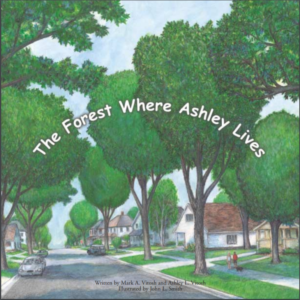 Our thoughts are with the families who are grappling with school closures, while balancing work and facilitating their children’s school days. There have been many online sources for continued education for all levels of schooling and we encourage you to check them out in addition to those provided by your local schools.
Our thoughts are with the families who are grappling with school closures, while balancing work and facilitating their children’s school days. There have been many online sources for continued education for all levels of schooling and we encourage you to check them out in addition to those provided by your local schools.
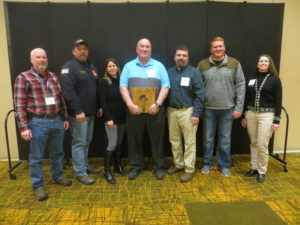
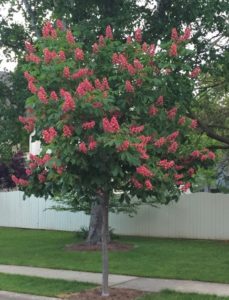
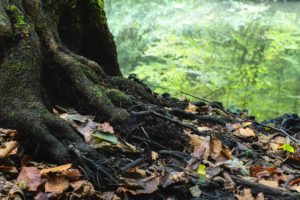 Myth #1: A tree’s root system is a mirror image of what is above ground.
Myth #1: A tree’s root system is a mirror image of what is above ground.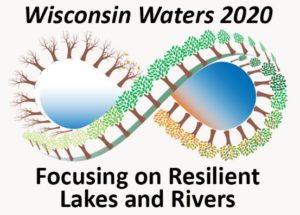 April 1 – 3, 2020 – Now an Online Learning Event only due to impacts from the coronavirus and associated public health protocols. Attend from the comfort of your favorite chair!
April 1 – 3, 2020 – Now an Online Learning Event only due to impacts from the coronavirus and associated public health protocols. Attend from the comfort of your favorite chair!  As winter melts into spring, two new webinar series are getting underway.
As winter melts into spring, two new webinar series are getting underway. The 2020 Annual Statewide WDNR/Wisconsin Arborist Association (WAA) Urban Forestry Conference, “Sustaining Urban Forests to Ensure a Healthy Future,” set another attendance record this past February 16-18 in Green Bay.
The 2020 Annual Statewide WDNR/Wisconsin Arborist Association (WAA) Urban Forestry Conference, “Sustaining Urban Forests to Ensure a Healthy Future,” set another attendance record this past February 16-18 in Green Bay. The DNR Forest Health team recently updated its factsheet on common forms of abiotic (non-living, chemical and environmental) damage to trees in Wisconsin.
The DNR Forest Health team recently updated its factsheet on common forms of abiotic (non-living, chemical and environmental) damage to trees in Wisconsin.  Last October, the Department of Natural Resources’ Urban Forestry program awarded fifteen communities and
Last October, the Department of Natural Resources’ Urban Forestry program awarded fifteen communities and